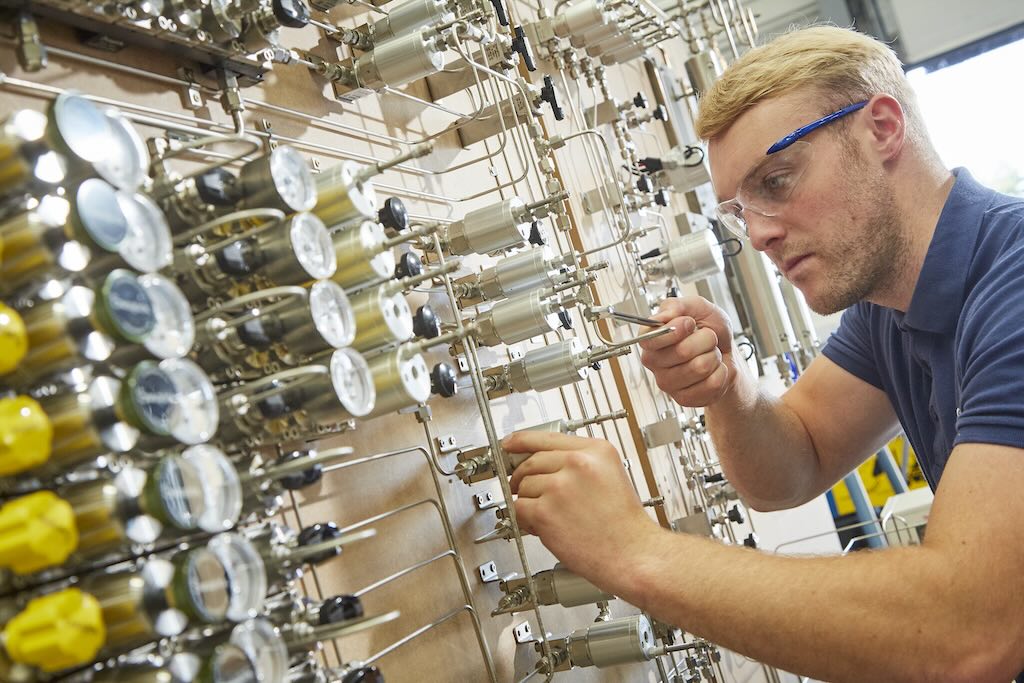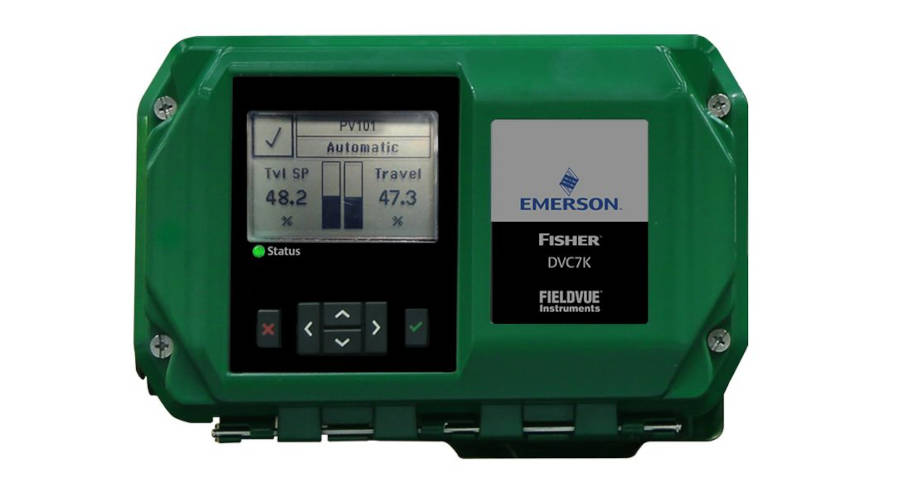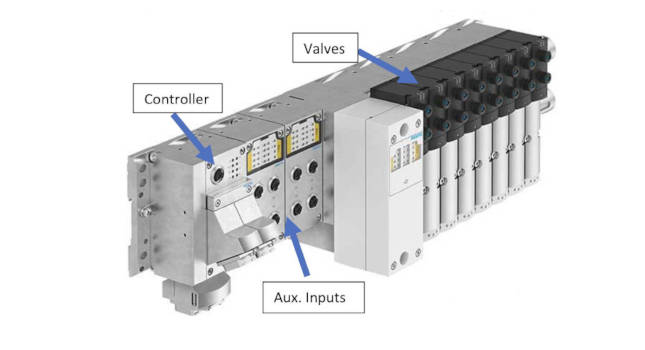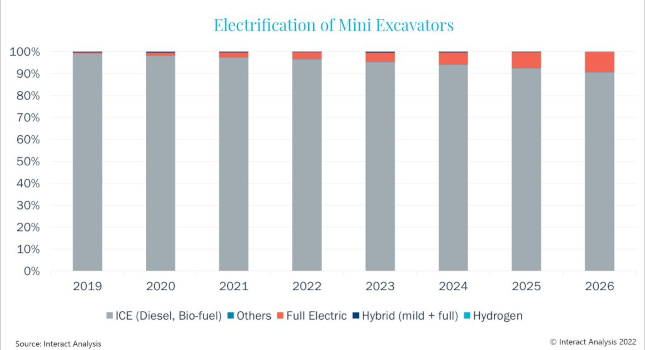Manage pressure, find the leaks and build a strong system of equipment and people.
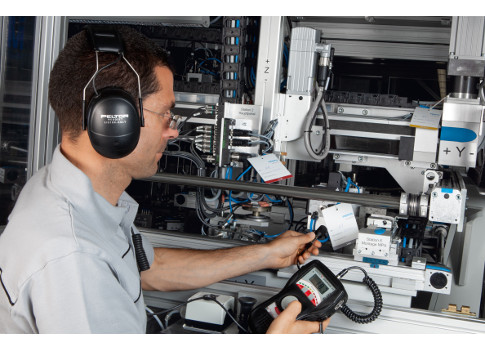
Electric motors are the real energy hogs standing between high energy bills today and cheap energy tomorrow. According to the International Energy Agency, electric motors and drive systems (EMDS) are the largest single electricity end user, accounting for more than 40% of global electricity consumption. The agency states that 32% of EMDS used are attributed to compressors. Compressors, many of which power compressed air pneumatic systems, operate on average at only 5 to 10% efficiency, offering an enormous potential for energy saving. The International Energy Agency says in its report on motor-driven energy efficiency that “huge energy-efficiency potential was found untapped in EMDS”.
Around 25% of EMDS electricity use could be saved cost effectively, reducing total global electricity demand by about 10%.”
The Fraunhofer Institute in Munich, Germany, one of the largest applications research organizations in the world, estimates that every production machine offers manufacturers the potential of 15% energy savings.
A global food manufacturer asked Festo to work with them at one of their large facilities to audit the compressed air system and identify ways to reduce energy consumption and carbon emissions associated with compressed air costs. The effort focused on locating and eliminating air leaks in the plant’s overall compressed air system. The plant’s compressed air energy costs fell by 10% when the identified leaks were fixed.
Using an environmental calculator, technicians estimated the effort reduced C02 emissions by 160 tons. A similar effort at a plant in the Netherlands netted an 8% plant-wide decrease in compressed air costs.
In other examples, one Festo customer replaced a $1,700 vacuum pump with two vacuum nozzles at a cost of $104 on one machine. Compressed air costs in this application fell by 20% and a yearly maintenance cost of $130 was eliminated. Another customer simply reduced the diameter of tubing on one machine and saw energy costs on that machine decrease by 25%.
There are many ways to decrease energy costs of compressed air systems for significant year-over-year savings and lower associated carbon emissions for improved sustainability.
Here are 10 tips on decreasing the use of energy through the proper use of pneumatics.
Tip 1: Establish the plant’s baseline compressed air usage and cost
The pneumatic system in the plant consists of a chain of functions running from compressed air generation, air preparation, the distribution system, and compressed air applications at the various machines. Each of these functions needs to be evaluated as to where it is today—the baseline—and where cost-effective, sensible improvements can be made to lower energy consumption and carbon emissions.
Since the baseline audit is a specialized activity, experts recommend that an outside company be engaged to perform the audit. The audit can be an opportunity for training maintenance personnel on what to look for in saving energy and how to perform upgrades. The baseline step then becomes not only an audit, but a means for the plant to begin its energy conservation activitiesrelatedto compressed air.
Tip 2: Reduce pressure drop in the distribution system
There are steps that plant personnel can take to immediately begin reducing energy consumption. For example, every 90-degree turn in the plant’s compressed air distribution system reduces pressure. Y connectors, which have a lower impact on pressure loss, are the better choice. Maintenance personnel can walk the compressed air line looking for ways to decrease 90-degree bends. With better distribution it may be possible to lower compressor output by one bar for a significant savings.
To determine the impact on this and other measures discussed in the article, Festo looked at six different applications, including automotive parts handling; automotive clamping; automotive engine parts machine; food industry packaging lines, including forming, filling, and sealing; small parts assembly, and circuit board assembly. Lowering pressure drop resulted in an average of 6% savings across these applications.
Tip 3: Reduce pressure at the machine
Maintenance personnel can reduce air pressure at the machine and process level. Lowering the pressure from six to five bars on most machines will not have an impact on performance but will reduce energy consumption appreciably. Lowering machine pressure one bar resulted in an average of 15% savings across the six applications.
If a particular machine or application requires higher pressure, then use a pressure booster. This strategy eliminates the need to increase pressure at the compressor. The pressure booster provides pressure where and when it is needed as opposed to creating a high demand on the compressor.
Tip 4: Reduce leakage
The plant can purchase sound detection equipment specially designed to findleaks. Wearing headphones and running a long wand over the machine or distribution pipe and junction, personnel can actually hear a compressed air leak as a loud whine. Savings from fixing leaks averaged 12% for the six applications.
Adding leak detection to the preventative maintenance schedule on machines will help to maintain savings. If the plant chooses an outside firm todo the audit, make a point of having plant personnel train on the use of the detectors.
Tip 5: Turn off the power during downtime
If the plant isn’t running a second or third shift, then turn off the compressed air system. Think of this as turning off the lights when leaving a room. Simply switching off the power in the compressed air system during third shift was shown to decrease energy consumption by 8% across the test applications.
Tip 6: Incorporate air saving circuits where appropriate
Vacuum generation is an important tool in material handling. The vacuum is typically created using air flow through a venturi orifice. This is a process that consumes air. To make vacuum use more efficient, add an air-saving circuit. These circuits switch off air pressure when the required vacuum is achieved. Savings across the six applications fluctuated between 13% and 14%.
More savings can be achieved by replacing an expensive vacuum pump with less costly vacuum nozzles.
Tip 7: Optimize tubing systems
Identify tubing systems, lengths, and diameters that, if changed, will result in savings. Long runs should be replaced by short ones wherever possible. Small inner diameters should be replaced by correct dimensions of pipe and hose diameters; cramped tube elbows should be replaced, as well as unnecessary reductions, valves, and connectors.
Wherever possible, closed circular pipelines will replace pipelines with dead ends. One of the major improvements in pneumatic systems of the last several years has been the valve terminal, which allows valves to be located closer to actuators, thus shortening tube length. Across the six applications results varied from 1% for engine parts machining to 32% energy savings for small parts assembly and circuit board assembly. Machines with many tubes and long runs should be candidates for tubing optimization.
Tip 8: Add sensors to high consumption machines and processes
Adding pressure, differential, and flow sensors to a machine canincrease efficiency of the machine by providing the monitoring capabilitythat alerts operators to out-of-specified conditions, such as high air pressure or low airflow rate, both of which might indicate a leak.
For example, if there is a leak, operators might turn up the pressure to compensate and waste energy in the process. Changes in differential pressure indicate filters need cleaning or replacement. Clean filters ensure proper air flow, keep contaminates away from actuators and prolong the service life and performance of valves and actuators.
Tip 9: Involve the OEM in designing more energy efficient machines
All of the suggestions for energy savings have involved systems already installed. OEMs must make sure that new equipment coming in is as energy efficient as possible.
Begin the machine design and optimization process through simulation of pneumatic components. The leading pneumatics suppliers offer dimensioning software that supports efficiency through simulation. Proper dimensioning can result in approximately 40% less compressed air consumptionand on average a 10% reduction in acquisition cost.
When buying machines, the manufacturer should ask the OEM if the company performed dimensioning. If not, the machine may use unnecessary amounts of power. Low friction actuators should be a top priority as well as recovered energy actuators.
Research and experience have also shown that even greater savings can be achieved by properly dimensioning paired systems because of the safety factor built into each component. Taken separately, the safety factors of individual components exceed that of comparable paired systems and add cost and complexity.
Tip 10: Energy savings starts at the top of organizations and relies on all-inclusive teams
The move to save energy must come from the highest levels of the organization. Only then will departmental barriers to effective action be lowered and all aspects of the organization come together over energy reductions. It may be a few passionate and knowledgeable middle managers/subject matter experts who make the case for action, but it is up to leadership to provide the mandate and the vision.
Organizations seeking greater energy efficiencies form all-inclusive motivated teams to work together to solve the energy usage problem. Team members should represent:
- Purchasing
- Design
- Sales
- Production
- Maintenance
- Logistics
- Quality
Interdisciplinary teams focus on shared understanding of common problems andlook for ways of removing barriers to solve those problems. Senior management can adopt the ISO 50001 energy standard. This standard calls for an energy manager, a person who canhelp interdisciplinary teams see the bigger picture, develop a company-wide framework, and help fix targets and objectives to meet policy guidelines. Regardless of whether or not the organization is ready for an ISO 50001 initiative, forming an all-inclusive team is foundational to the success of the effort.
Mike Guelker is product manager for actuators, air supply, and accessories for Festo Corporation.
